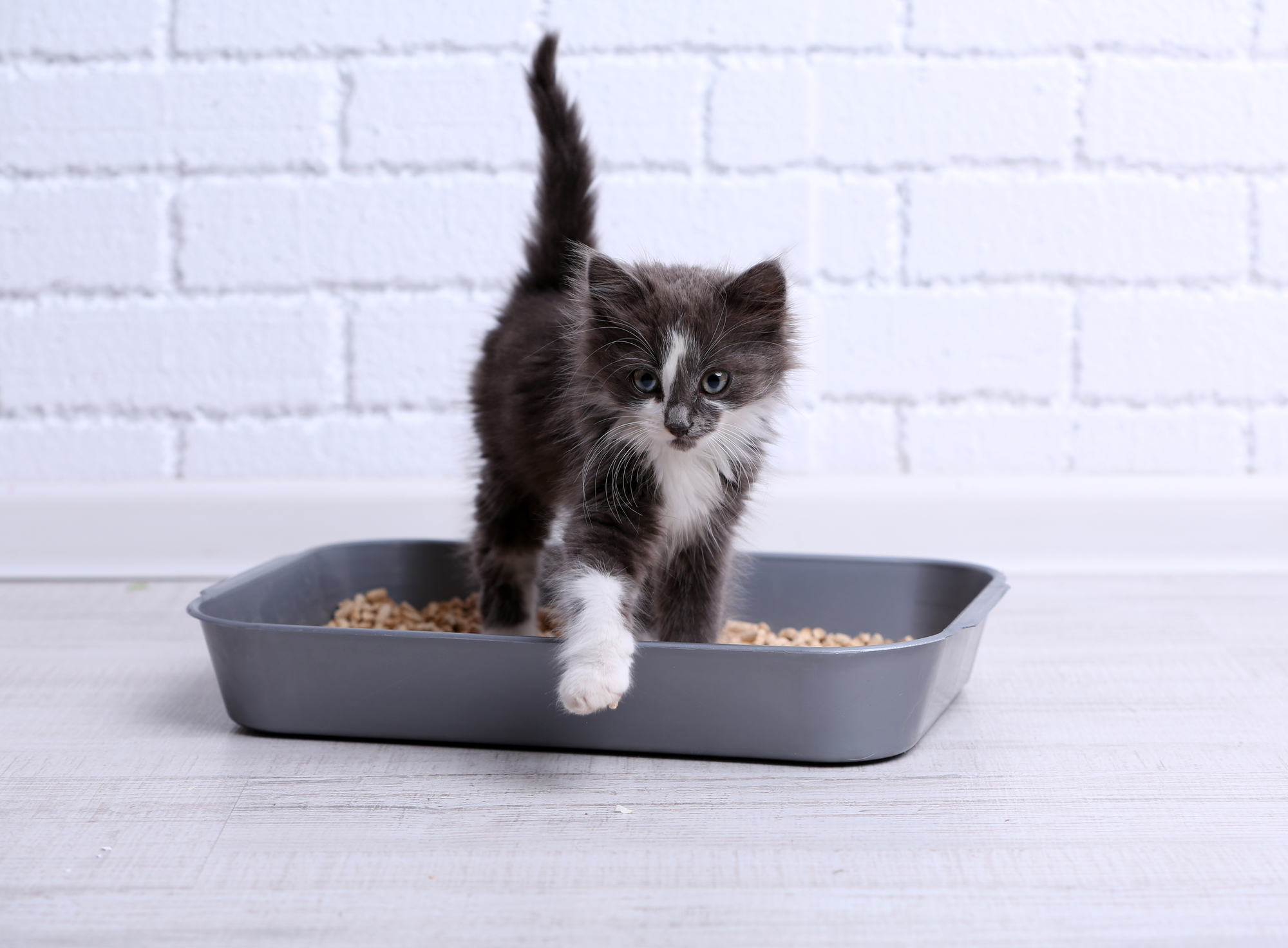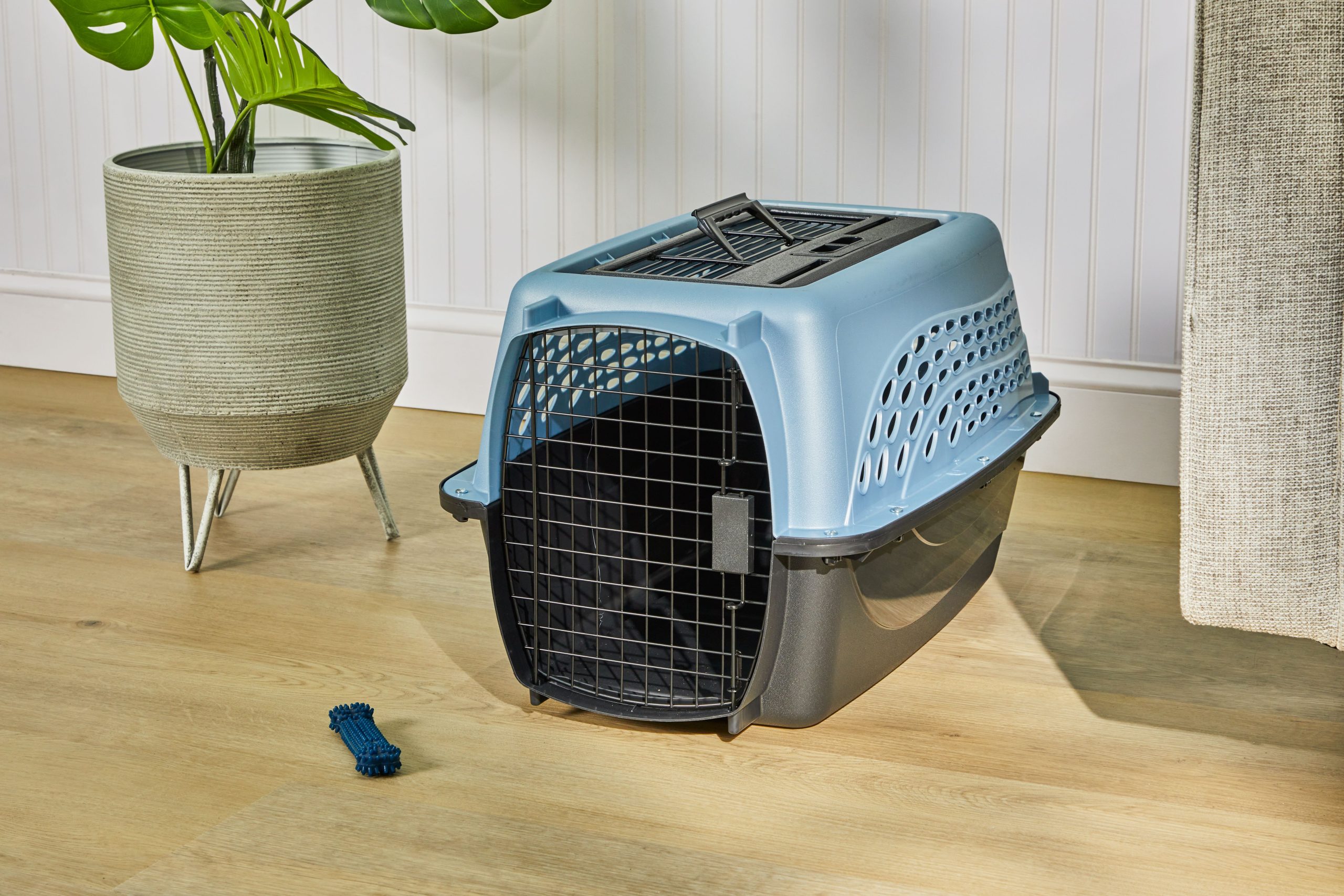How Do You Train Kittens to Use the Litter Box: Pro Tips

How Do You Train Kittens to Use the Litter Box? Training kittens to use the litter box is an essential task for new cat owners. This process can be simple and rewarding with the right approach.
Kittens are naturally clean animals. They prefer to have a designated area for their bathroom needs. To train them, you need patience and a few helpful tips. Start by choosing the right litter box and litter. Place the box in a quiet, accessible spot.
Show your kitten where it is. Most kittens will instinctively use it. Accidents may happen, but consistency is key. Positive reinforcement will encourage good behaviour. In this guide, you’ll learn practical steps to make litter box training easy and effective. Your kitten will be using the litter box in no time!

Credit: www.banfield.com
Introduction To Kitten Litter Training
To train kittens to use the litter box is very important. Early training helps them learn good habits. It keeps your home clean and safe. A clean litter box makes kittens happy.
Setting realistic expectations is key. Kittens may not learn right away. Some may take longer than others. Patience is necessary during this process. Celebrate small successes to encourage them.
Use a clean litter box in a quiet spot. Show the kitten where it is. If they have accidents, don’t scold them. Instead, gently guide them to the box. This helps them feel safe and learn.
Choosing The Right Litter Box
Choosing the right litter box is very important. Size matters a lot for kittens. The box should be low enough for them to enter easily. A box that is too tall can scare them away.
Accessibility is key. Kittens need to find the box quickly. A box with a lid can feel tight. Some kittens prefer open boxes. Always consider their comfort.
| Type of Litter Box | Pros | Cons |
|---|---|---|
| Open Box | Easy access for kittens | Can be messy |
| Covered Box | Helps control odors | May feel cramped |
| Self-Cleaning Box | Saves cleaning time | More expensive |
Selecting The Appropriate Litter
Choosing the right litter is very important for kittens. It helps them learn to use the box. There are many different materials for litter.
Clay litter is popular. Itclumps well and absorbs odours. Corn or wheat litter is natural and safe. These types are good for the environment.
Some litters are scented. They smell nice but can confuse kittens. Unscented litter is better for training. It allows kittens to focus on using the box.
| Type of Litter | Scented | Unscented |
|---|---|---|
| Clay | Yes | No |
| Corn | Sometimes | Yes |
| Wheat | No | Yes |
Creating A Conducive Environment
Choose a quiet spot for the litter box. Kittens like privacy. Avoid busy areas with loud noises. A corner in a bathroom or laundry room works well.
Keep the litter box clean. Scoop it daily to remove waste. Kittens may avoid a dirty box. Change the litter often to keep it fresh.
Place the box away from their food and water. This helps them feel safe. A small space will make them more comfortable.
Watch your kitten’s behaviour. If they seem unsure, gently guide them. Patience is key. Soon, they will understand where to go.
Training Steps Simplified
Start by showing your kitten the litter box. Place them near it after meals or naps. This helps them learn where to go.
Make the box a friendly space. Use a soft litter that feels good. Keep it clean to encourage use.
Positive reinforcement works well. Give treats or praise when they use the box. This makes them happy and willing to repeat the action.
Be patient. Kittens may take time to learn. Regularly guide them back if they forget.
Every kitten is different. Some may learn fast, others slow. Celebrate small wins along the way!
Common Challenges In Litter Training
Accidents happen. They are common in litter training. Clean up messes quickly. Use a gentle cleaner to remove smells.
Some kittens avoid the litter box. This may cause anxiety. Provide a quiet, safe space for them. Make sure the box is clean.
Try different litter types. Some may prefer sand or crystals. Always keep the box in a low-traffic area. This helps them feel secure.
Reward good behaviour. Use treats and praise. This encourages them to use the box more often.
Health Considerations And Litter Training
Monitor your kitten’s health closely. Check for signs of pain or discomfort. Changes in litter box habits can signal health issues. Frequent urination or straining can mean something is wrong.
Diet plays a big role in litter box habits. High-quality food helps keep your kitten healthy. Poor diet may lead to digestive problems. This can cause accidents outside the litter box. Always provide fresh water to keep them hydrated.
Watch for any changes in eating or drinking. These can affect litter box use. A healthy diet leads to better habits. Keep your kitten’s litter box clean and accessible.

Small gray kitten in plastic litter cat on floor
Credit: drphillipsanimalhospital.com
Advanced Tips And Tricks
Training multiple kittens at once can be fun. Start with a quiet space for them. Use several litter boxes. Place one box for each kitten. This helps them feel safe.
Introduce each kitten to their box. Show them where it is. Praise them when they use it. This encourages good habits.
Transitioning to different litter types may take time. Start with the type they know. Gradually mix in the new litter. Monitor their reactions closely.
Keep the boxes clean. Scoop daily to avoid mess. Kittens like fresh litter. This keeps them using the box.
Stay patient and consistent. Training takes time. Celebrate their successes. Small rewards can help too.
Troubleshooting And Persistent Issues
Sometimes, kittens need extra help with the litter box. Seek help from a vet if your kitten:
- Seems sick or in pain.
- Has accidents after being trained.
- Is very stressed or scared.
Behavioural specialists can help, too. They offer advice on training. They also help with stress issues. Find a good trainer in your area. Look for reviews online.
Use training resources like books or online videos. They can guide you. Many resources explain common problems and solutions. With patience, most kittens learn to use the litter box.
Conclusion: Patience Leads To Success
To train kittens to use the litter box takes time. Patience is very important. Start by showing them the box. Place them in the box after meals and naps. This helps them understand where to go.
Keep the litter box clean. Cats do not like dirty spaces. Use unscented litter. This makes it easier for them to use the box.
Reward good behaviour. Give them a treat or praise. This encourages them to keep using the box.
Celebrate small wins. Notice when your kitten uses the box. This shows they are learning.
Be consistent with training. It helps your kitten form a habit. With time, your kitten will become confident using the litter box.

Credit: www.facebook.com
Frequently Asked Questions
How Long Does It Take To Litter Train A Kitten?
Litter training a kitten typically takes a few days to a couple of weeks. Kittens are naturally inclined to use a litter box. Consistency and positive reinforcement can speed up the process. Ensure the litter box is clean and accessible for best results.
What Type Of Litter Is Best For Kittens?
For kittens, clumping clay litter or natural, biodegradable options are ideal. Clumping litter makes it easy to clean. Some kittens may prefer unscented litter, as strong scents can be off-putting. Always introduce new litter gradually to avoid confusion.
How Often Should I Clean the Litter Box?
Clean the litter box daily to maintain hygiene and encourage usage. Remove clumps and waste promptly. A deep clean every week is recommended to prevent odours. A clean environment helps your kitten feel comfortable and secure.
What If My Kitten Refuses To Use The Litter Box?
If your kitten refuses to use the litter box, check for issues. Ensure the box is clean and in a quiet area. Consider the type of litter used; some may not like it. Consult a veterinarian if problems persist.
Conclusion
Training your kittens to use the litter box is essential. It creates a clean space for both you and your pet. Start early and be patient. Positive reinforcement helps your kitten learn quickly. Keep the litter box clean and accessible.
This encourages your kitten to use it regularly. Celebrate small successes to build confidence. With time and care, your kitten will master this skill. Enjoy the journey together. A well-trained kitten brings joy to your home. Remember, consistency is key to success in litter training.






